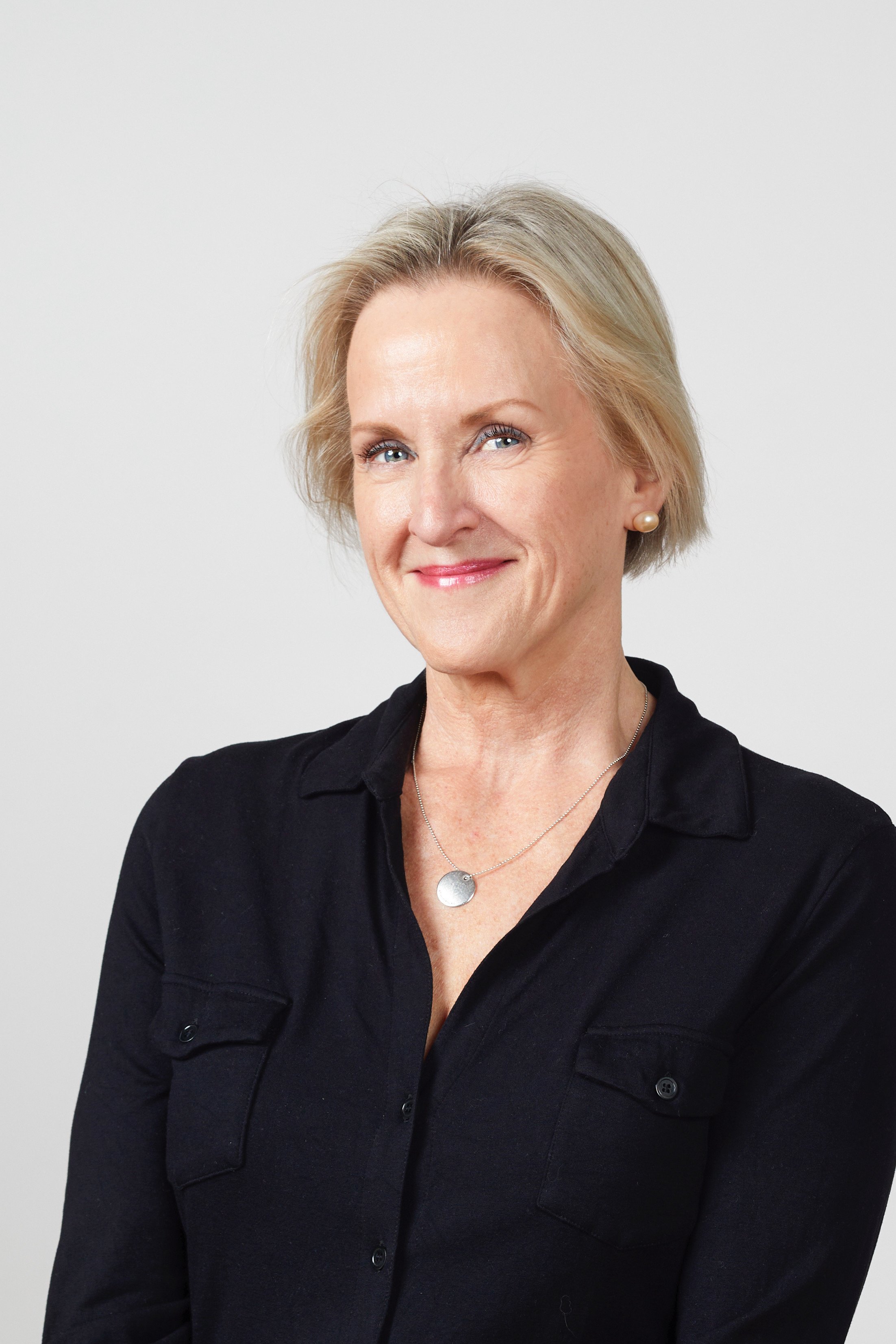Our Safety First blog on “Should, Shall and Must,” as used in the USP <800> hazardous drug safety requirements, continues to be one of our most searched-for and visited blogs. Therefore, we decided to write another blog exploring the topic in a little more depth to hopefully provide additional guidance on a topic that still causes confusion and concern.
As you’re working through your USP <800> efforts, you, like many other pharmacists and healthcare leaders, have probably questioned whether a best practice recommendation or a “should” might be considered a requirement or “must” when the Joint Commission, State Boards of Health or other governing body comes to inspect your facility.
The “musts” in USP <800> cover these general areas:
- Responsibilities of personnel handling hazardous drugs
- Facility and engineering controls
- Procedures for deactivating, decontaminating and cleaning
- Spill control
- Documentation
Within each “must” topic area are specific requirements as well as “shoulds,” which, while not generally required, may be deemed required by local regulatory agencies.
So SHOULD you be implementing these recommendations now as you’re in the process of the heavy lift of USP <800> compliance? There are a few areas where we do recommend you go ahead and add the “shoulds” into your USP <800> compliance plan. Here they are:
Medical Surveillance
“Medical surveillance evaluates the protection provided by engineering controls, work practices, and personal protective equipment (PPE) as well as worker education concerning the material exposed to during employment… There is no requirement for medical surveillance; it is a recommendation.” - The Chapter <800> Answer Book by Patricia Kienle.
We understand that a valid, thorough medical surveillance program is resource intensive, ongoing process. However, it is a more comprehensive way to assess how and when healthcare workers have been negatively affected by exposure to HDs. Pharmacy Purchasing & Products (PP&P) noted in their 2022 survey of pharmacy leaders that medical surveillance was among the top 4 most common USP <800> compliance challenges.
Currently, most medical surveillance programs consist of an initial acknowledgment of risk by the healthcare worker handling the hazardous drugs and then documentation when exposure occurs. We say this is insufficient to care for healthcare workers effectively, and this “should” needs to be a “must.
Assessments of Risk
USP <800> requires hospitals to use the NIOSH guidance for safe handling and disposal and does not require an Assessment of Risk (AoR) on those drugs. We, however, suggest evaluating even the drugs labeled as hazardous by NIOSH for AoRs specific to your organization.
When we first started working with hospitals on USP <800>, we frequently heard health systems and hospitals say, “We’re just going to do everything the way NIOSH says. We're not going to bother with creating assessments of risk.” As time passed, they realized nurses would find it an interruption to normal workflow to do everything NIOSH says, so they considered writing AoRs. We also heard that PPE costs exploded when following NIOSH suggestions, and no one wants to be the one that gets called into a meeting with the materials management or the CFO to explain why the cost of chemotherapy-related PPE is so high.
Wipe Samples
Over the last few years, more hospitals have used wipe sampling and analysis to assess further potential surface contamination in areas where hazardous drugs are prepared and administered. Still, as PP&P discovered in their 2022 survey, the numbers have plateaued at 41% of respondents conducting HD wipe analysis.
The USP recommends that hospitals take HD wipe samples in the biological safety cabinet (BSC) or compounding containment isolator (CACI), pass-through chambers, surfaces near the BSC and CACI, the floor underneath the front of the C-PEC, areas immediately outside the negative pressure room and any area where patients are administered antineoplastics. An initial benchmark sample is recommended, followed by 6-month samples.
In their 2022 State of Pharmacy Compounding report, PP&P discovered that 46% conducted HD wipe analysis every six months while 42% did so monthly. These are positive numbers, and we hope to see a continued upward trend in the use of wipe analysis to improve workplace safety for healthcare workers.
Contamination will likely be found, but it can be reduced if not eliminated with procedure changes. USP recommends re-training personnel, comprehensive decontamination, cleaning and disinfecting HD areas and improving engineering controls.
Interestingly, while wipe analysis is not required if results show contamination, the designated person “needs to identify, document and implement processes to improve the results,” according to The Chapter <800> Answer Book.
Final thoughts
When choosing priorities within your USP <800> plan and activation, this blog scratches the surface. If there are additional “shoulds” you have questions about or are considering implementing, the Rpharmy team is happy to discuss and help however we can. Email us at info@rpharmy.com. Also, check out our original Safety First Blog on “Should, Shall, and Must” for more background information on the use of these words and what they mean to you and the hospitals you work for as you continue the arduous process of deciphering and then following USP <800> guidance and requirements.


